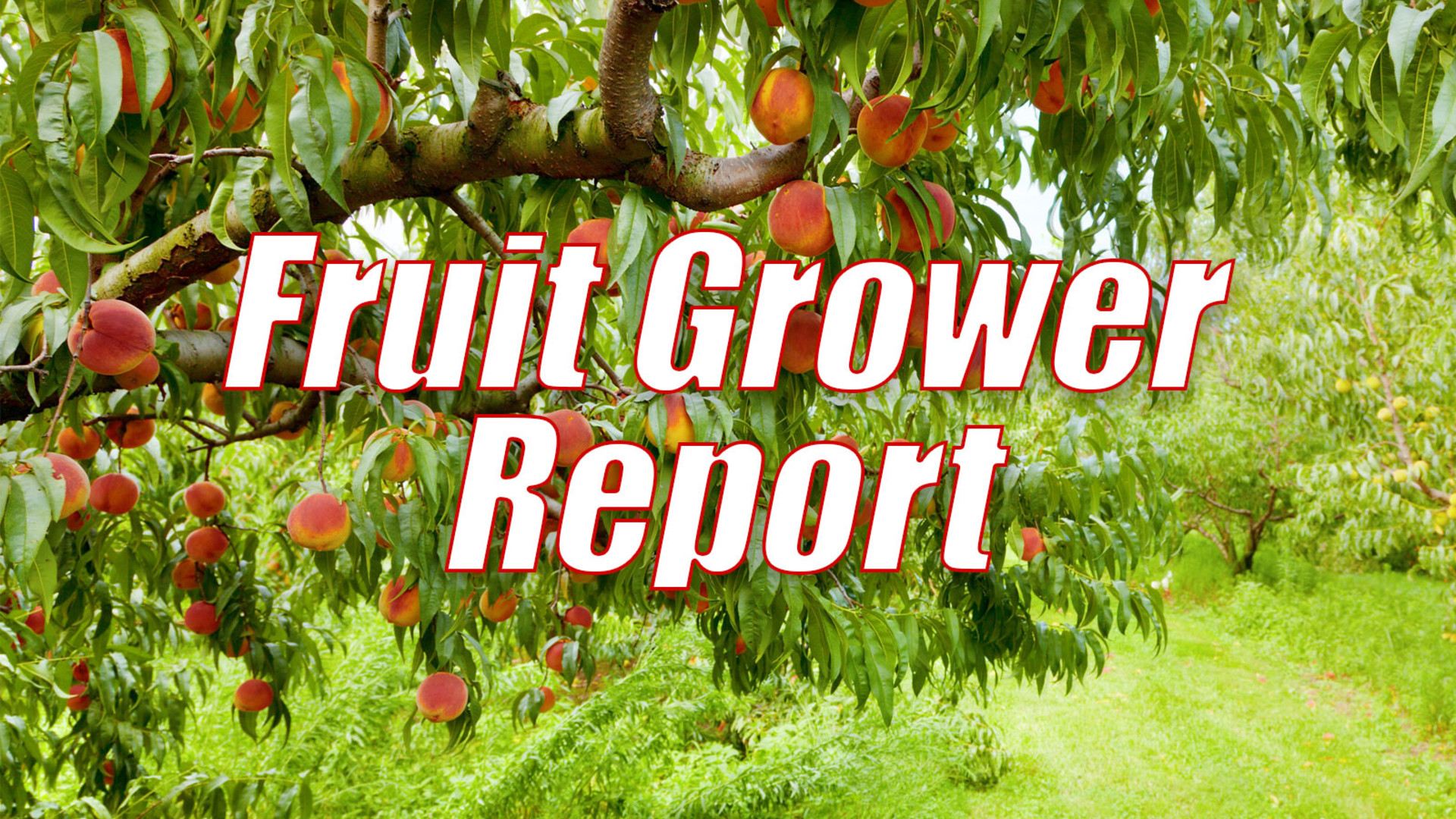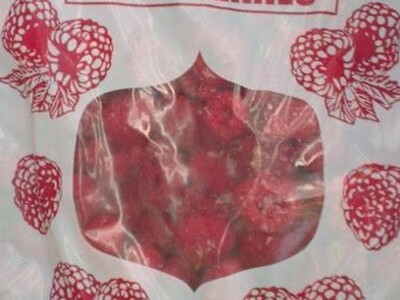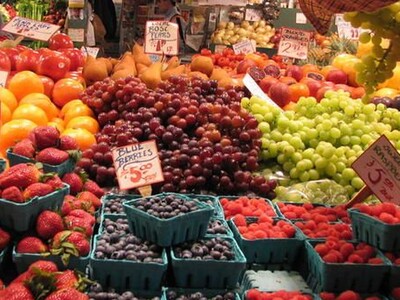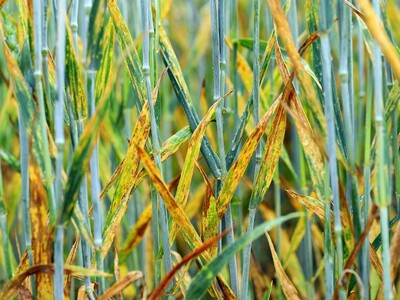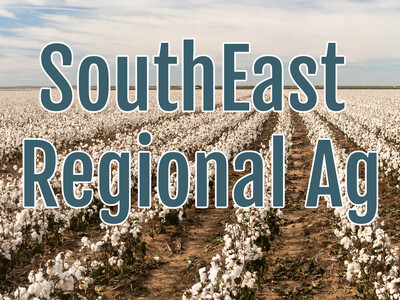Chasing the Stink
Chasing the Stink. I’m Greg Martin with today’s Fruit Grower Report.
Odor is power. It can cause a whole room to move. Now some very small little stinkers are causing an entire industry to move. The brown marmorated stink bug loves it’s fruit and that causes it to be unmarketable. It also has a fondness for corn, soybeans and some trees. At present the bug is invading the eastern part of the U.S. but producers in the northwest are keeping an eye out. Tracy Leskey, USDA entomologist in Kearneysville, W. Virginia, saying that the stink bug is a unique pest because it not only causing damage to crops, but also is a nuisance for urban and suburban homeowners.
LESKY: One thing I think is very unique about this insect compared with any other insect I’ve studied and most people agree is that not only is it an agricultural pest but it’s also a nuisance pest and usually these don’t occur in tandem. Usually we either have an agricultural pest or a nuisance/urban pest. It really has the ability to be a pest year-round because of the fact that it attacks crops throughout the growing season but then it enters peoples home in the fall and you know they emerge through out the winter months in peoples homes and continue to annoy them through the winter months and then in the spring they try to emerge from peoples homes and get back into the cropping systems.
Lesky describes how the stink bug attacks fruits.
LESKY: Essentially it has a piercing, sucking mouth parts. More or less a straw that it uses to insert into the flesh of the fruit, it injects salivary enzymes. This allows the tissue to be broken down and it enhances the ability of the insect to basically suck up the liquids from the flesh. They attack a variety of crops. Initially we detected them first in tree fruit, particularly stone fruit, peaches and nectarines and plums and in terms of the crops we also observed this summer we saw it on apples,small fruit like raspberries, tomatoes, sweet peppers, field and sweet corn, soybeans. So really just about everything growers had.
The EPA has been petitioned for a Section 18 emergency use permit for use of dinotefuran (Venom, Scorpion) on pome and stone fruits. They hope to have EPA’s approval by late August, when fruit harvest and stink bug populations are both peaking.That’s today’s Fruit Grower Report. I’m Greg Martin on the Ag Information Network.


